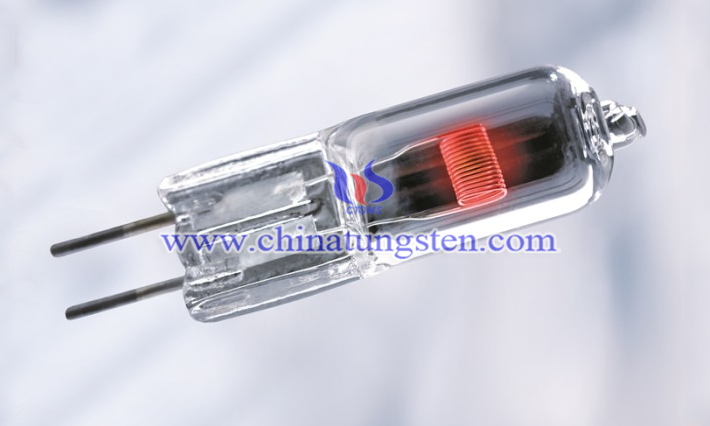What Is the Stability of Tungsten Diiodide?
- Details
- Category: Tungsten Information
- Published on Monday, 26 June 2023 16:17
Tungsten diiodide (WI2) has good stability at room temperature but readily reacts chemically at high temperatures and in the presence of oxygen. Tungsten diiodide is an inorganic compound with the following chemical properties.
Tungsten diiodide is reductive and can be oxidized to form tungsten dioxide by heating in the air. Among other things, tungsten dioxide is an oxide of tungsten, which is a bronze-colored monoclinic crystal. Tungsten diiodide also has oxidizing properties and can be reduced to tungsten. Tungsten diiodide can undergo hydrogenation at 500°C, reacting with hydrogen to form tungsten metal.

Tungsten diiodide will decompose at high temperatures, tungsten diiodide is unstable at very high temperatures (above 2000°C), it will decompose into iodine and tungsten again, iodine is inactive compared with other halogens (i.e. fluorine, chlorine, bromine), and has no strong corrosive effect, by charging the pure iodine into the light bulb, it will synthesise tungsten diiodide in the wall of the glass shell and then decompose the filament by using the characteristic of tungsten diiodide, and the tungsten will come back to the filament and continue to work. The tungsten returns to the filament and continues to work, while the iodine diffuses again towards the glass shell to fulfill the new task of "carrying" tungsten, which is the origin of the tungsten iodine lamp.

Tungsten diiodide is produced by using substances that are more reducing or oxidizing than iodine in a replacement reaction, such as tungsten diiodide and chlorine gas at 250°C to produce tungsten dichloride. Tungsten dichloride is similar to tungsten diiodide and can be used as a substitute for certain catalysts and electrode materials.
Tungsten diiodide can be synthesized in a variety of ways, such as by reacting tungsten powder with iodine at high temperatures (950°C). Tungsten diiodide can also be produced by the heated decomposition of tetraiodotungsten. Similarly, the reaction of tungsten hexachloride with hydrogen iodide at 400-450°C can be utilized to obtain the tungsten diiodide we need. In recent years, some scientists have developed the reaction of tungsten hexacarbonyl with elemental iodine, and tungsten diiodide can also be prepared by controlling the appropriate temperature.
- Tungsten Oxide Manufacturer & Supplier, Chinatungsten Online: www.tungsten-oxide.com
- Tungsten News & Prices of China Tungsten Industry Association: www.ctia.com.cn
- Molybdenum News & Price: news.molybdenum.com.cn
- Tel.: 86 592 5129696; Fax: 86 592 5129797; Email: sales@chinatungsten.com



 sales@chinatungsten.com
sales@chinatungsten.com